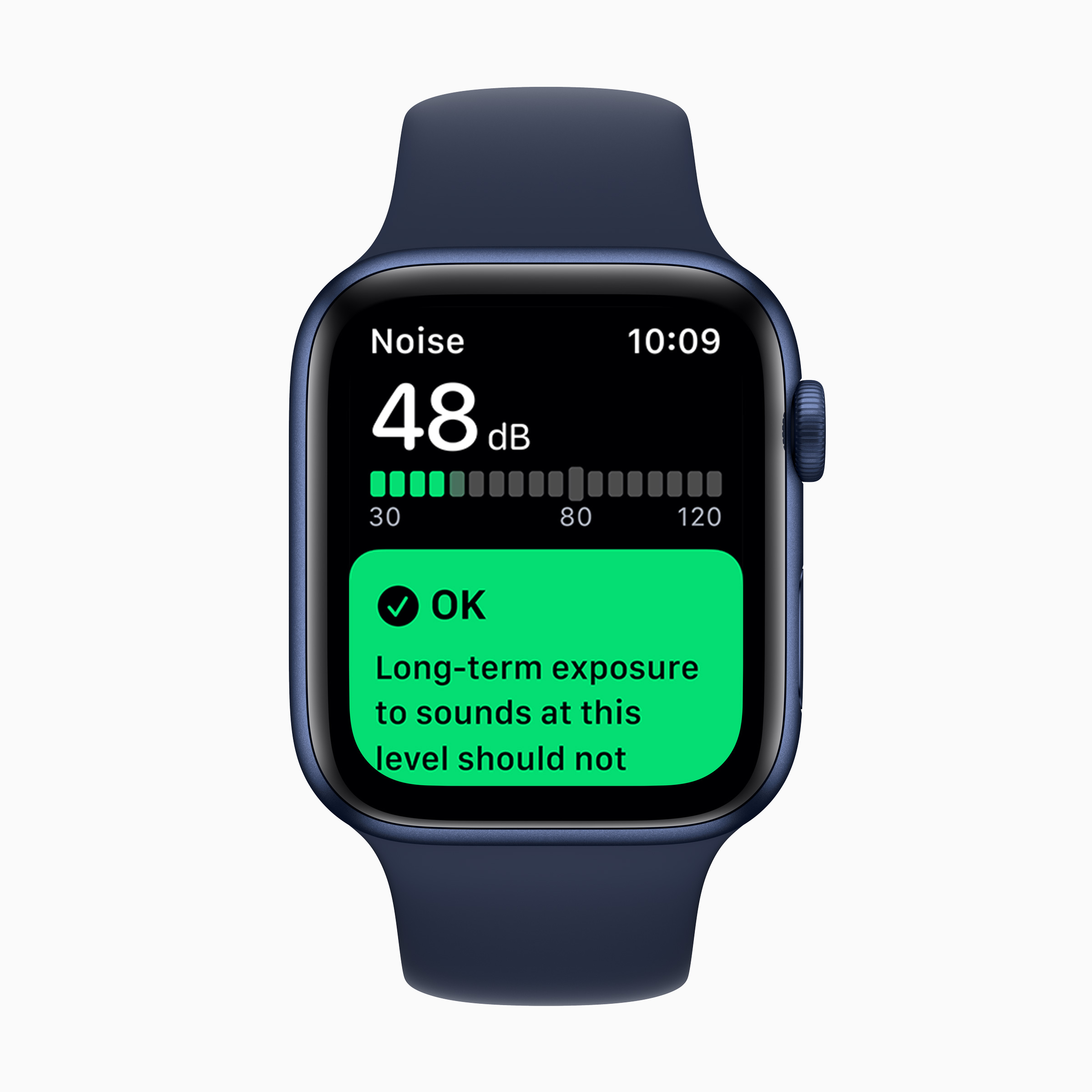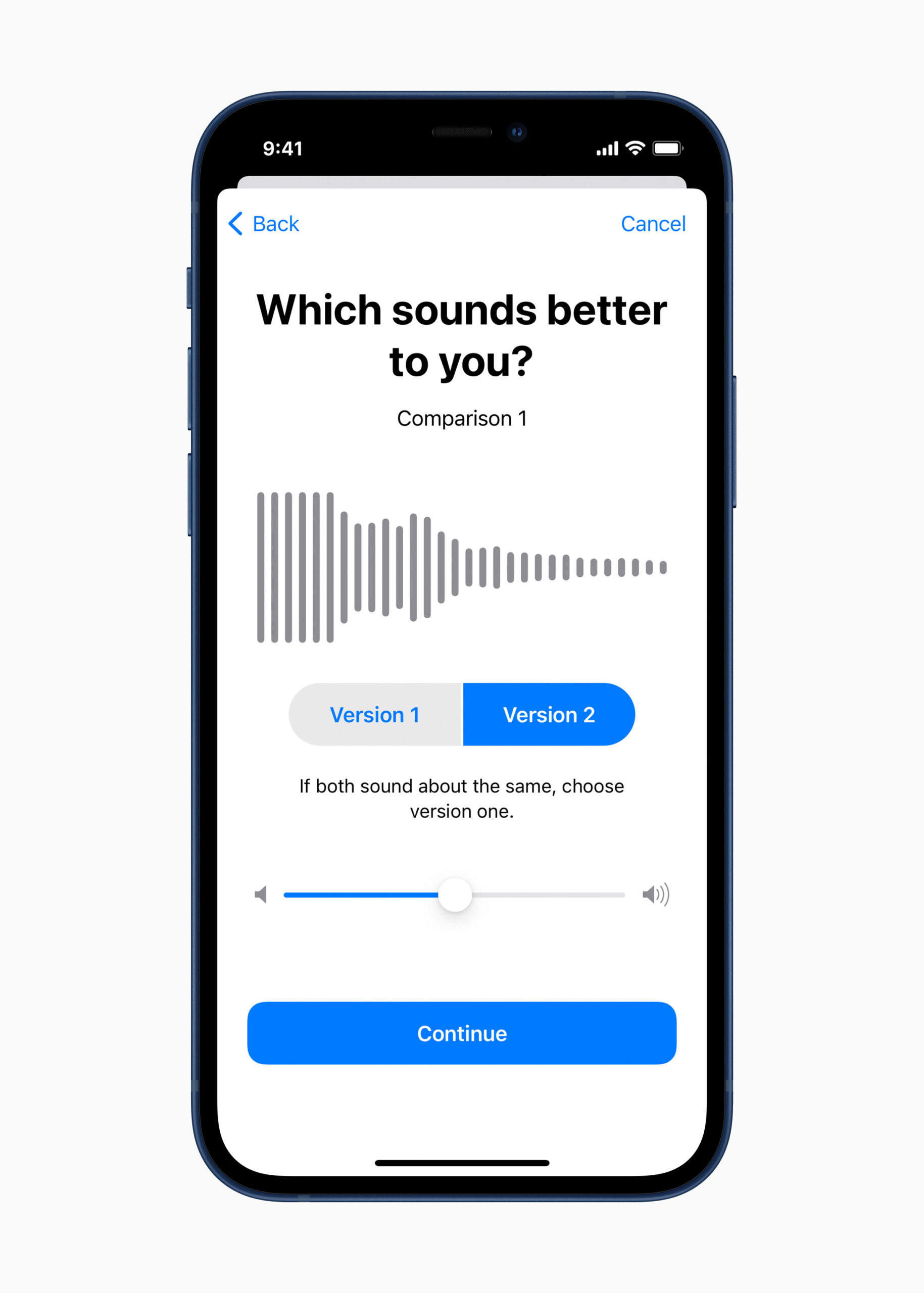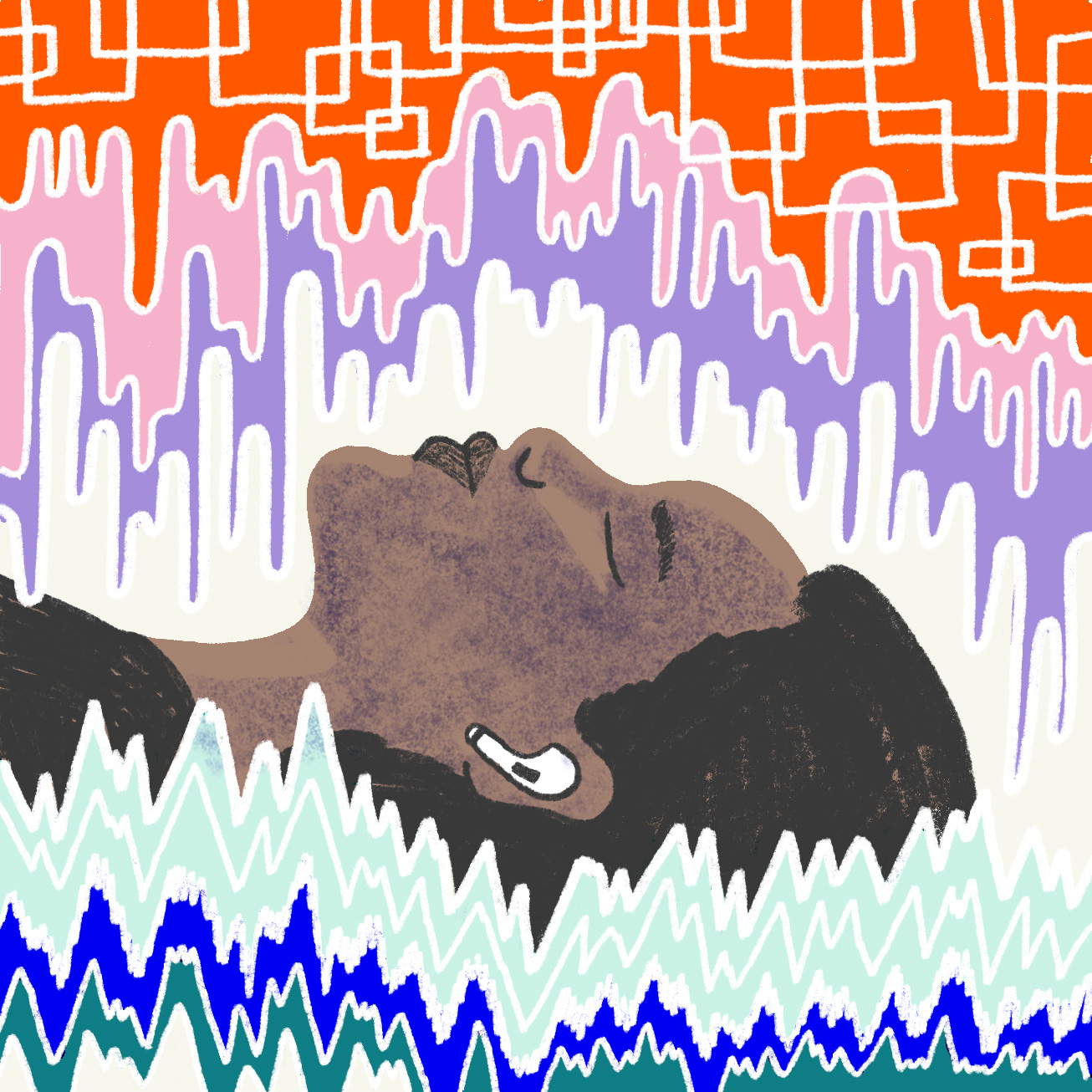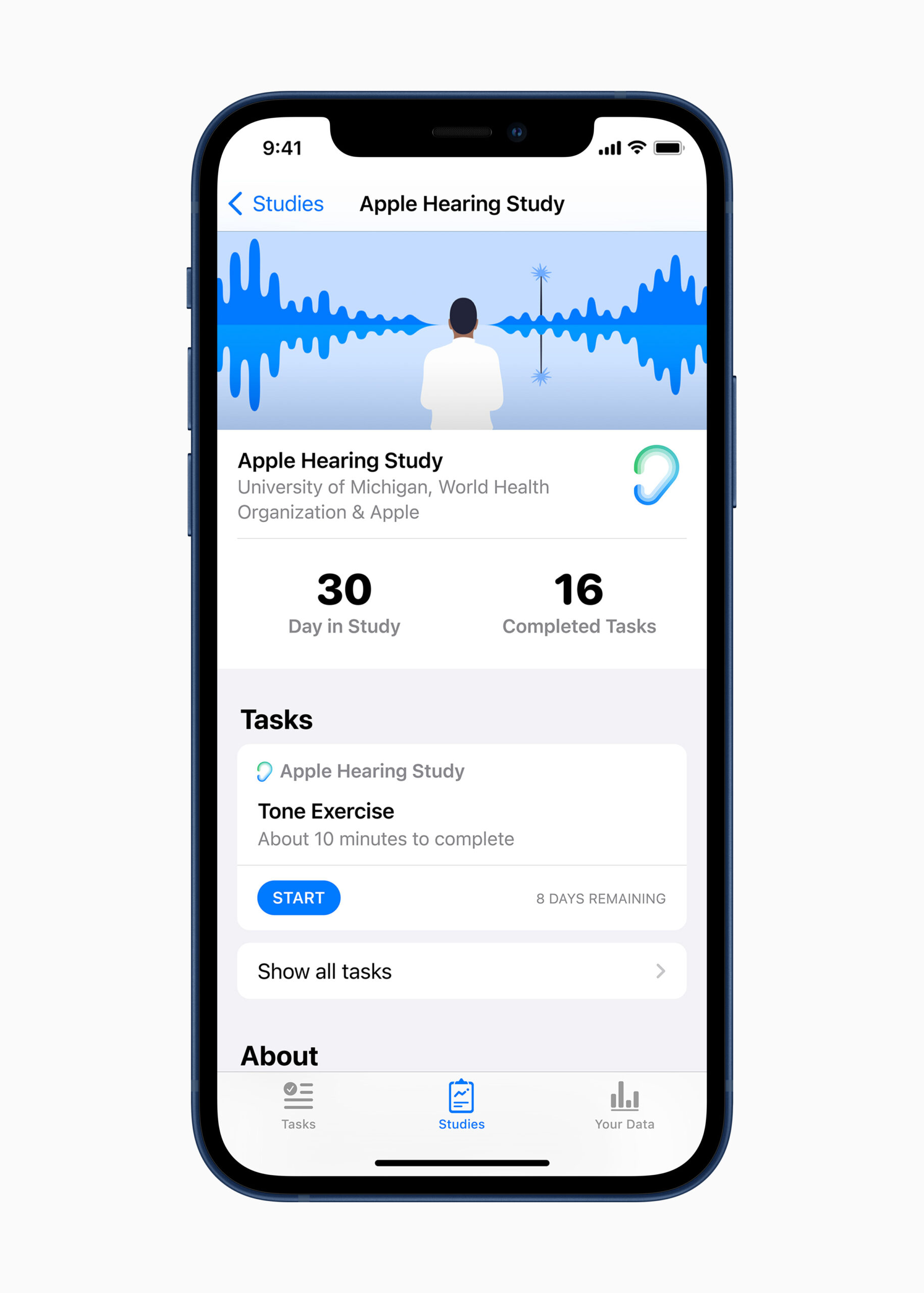Fresh insights on hearing health are revealed through the Apple Hearing Study.
Valuable insights into hearing health are being shared through the Apple Hearing Study, which involves thousands of participants from across the United States. The study, conducted in partnership with the University of Michigan School of Public Health, aims to democratize medical research by allowing Apple users to actively contribute to groundbreaking studies using the technology they already incorporate into their daily lives.
As part of this initiative, data from the study are shared with the World Health Organization’s Make Listening Safe program. By 2050, the WHO predicts that over 700 million people worldwide will experience severe hearing loss, highlighting the urgency to address this issue. World Hearing Day, observed on March 3rd, is a global reminder to tackle hearing loss and its associated challenges. Hearing impairment can profoundly impact individuals, affecting their overall well-being and communication abilities, leading to feelings of isolation and withdrawal.
“Hearing loss can impact a person in many ways, and our goal is to drive increased focus on the importance of hearing health across decision makers and the general population,” said Ren Minghui, assistant director-general of the World Health Organization. “We encourage people to take the appropriate steps to protect their hearing and to seek care when needed.”

- The Apple Hearing Study: Statistical Insights
- How Apple Products Can Help Your Hearing Quality
The Apple Hearing Study: Statistical Insights
Checking the noise level with the Noise app on Apple Watch
The Apple Hearing Study enables users to actively participate and contribute to their long-term hearing health data using their Apple Watch and iPhone, leading to an unprecedented scale of study involvement. The valuable insights derived from this extensive data reveal that 25 percent of participants encounter a daily average environmental sound exposure (such as traffic, machinery, public transport, etc.) surpassing the recommended limit set by the World Health Organization (WHO).
Additionally, nearly 50 percent of participants currently or previously work in loud workplaces, recognizing the impact of noise exposure on hearing health. Being mindful of one’s surroundings becomes crucial in light of these findings.
Monitoring noise levels through the Noise app on Apple Watch can serve as an effective means of heightening awareness regarding sound exposure. Furthermore, the study indicates that one in 10 participants exceeds the WHO recommended limit for average weekly headphone exposure.
While indulging in catchy tunes may be tempting, it is advisable for listeners to consider enjoying music and other media at the lowest enjoyable volume to safeguard their hearing.

About the Apple Hearing Study: Important information about everyday noise exposure and the impact of this exposure on hearing
Approximately 10 percent of participants in the Apple Hearing Study have received a professional diagnosis of hearing loss. Surprisingly, 75 percent of these individuals do not utilize assistive devices like hearing aids or cochlear implants, which can mitigate the effects of hearing loss. The study’s hearing tests have revealed that 20 percent of participants exhibit hearing loss according to the World Health Organization (WHO) standards, with 10 percent experiencing hearing loss attributed to noise exposure.
Alarming statistics show that nearly 50 percent of participants have not undergone professional hearing testing in the past decade. Additionally, 25 percent of participants encounter ringing in their ears multiple times per week or more, which may indicate potential hearing damage.
It is essential for everyone to periodically have their hearing health assessed by a professional. Rick Neitzel, associate professor of environmental health sciences at the University of Michigan School of Public Health, expressed the significance of the Apple Hearing Study’s first year, emphasizing the invaluable insights gained regarding daily noise exposures and their impact on participants’ hearing.
The study’s national scale is unprecedented, and it aims to share new scientific findings while influencing policies to enhance and promote hearing health. Even amid the pandemic, where many individuals remain at home, a staggering 25 percent of participants still encounter high environmental sound exposures.
The study’s results can enhance our understanding of potentially harmful exposures and guide individuals in actively safeguarding their hearing. Participants throughout the United States are actively engaging in the Apple Hearing Study through the Research app.
How Apple Products Can Help Your Hearing Quality
With a simple touch, Apple technology offers comprehensive assistance in promoting hearing health and enhancing accessibility.

(Credit: Applecom) By utilizing the Headphone Accommodations feature on iPhone and iPad, users have the ability to personalize and adjust the audio levels of their headphones according to their individual preferences.
Monitor and safeguard hearing health: Apple Watch users can utilize the Noise app to enable notifications that warn them when surrounding noise levels could potentially impact their hearing health. The Health app on iPhone tracks users’ exposure to sound levels over time and provides information on whether headphone or environmental levels have exceeded the recommendations set by the World Health Organization (WHO).
Enhance hearing clarity with Apple devices: AirPods, AirPods Pro, and AirPods Max offer features that aid hearing in noisy environments. Live Listen allows the iPhone to function as a directional microphone, helping users hear more clearly in loud places. Additionally, AirPods Pro or AirPods Max have Transparency mode, enabling external sounds to pass through, ensuring users stay aware of their surroundings.
Customize sound for improved clarity: By conducting a series of listening tests, iPhone allows users to personalize headphone audio based on their preferences. Through iOS, users can upload their individual audiograms and adjust headphone audio output accordingly. Mono Audio settings are also available to assist individuals with hearing loss in one ear.
Utilize the Made for iPhone hearing device program: Individuals using hearing aids or sound processors can directly stream audio, such as phone calls, FaceTime calls, music, Siri, and other content, from their iPhone to their hearing device. The Made for iPhone hearing device program is a comprehensive and advanced platform, encompassing nearly 200 hearing device models from over 40 manufacturers.
Access support for the Deaf and Hard of Hearing community: iOS offers various features to assist individuals who are profoundly deaf or hard of hearing. These include Sound Recognition, which identifies specific sounds, sign language detection in Group FaceTime calls, sensory alerts, and Typing to Siri, providing support for communication and accessibility.


